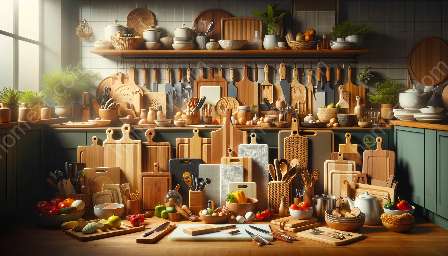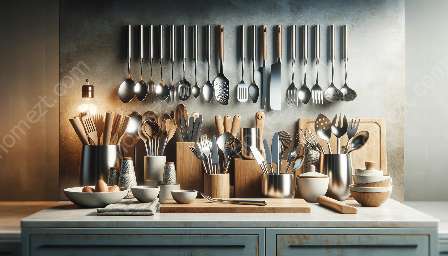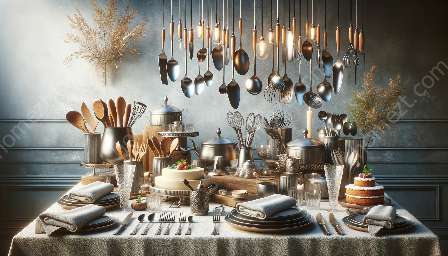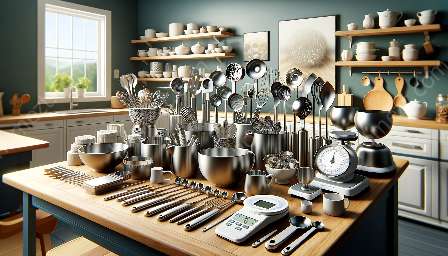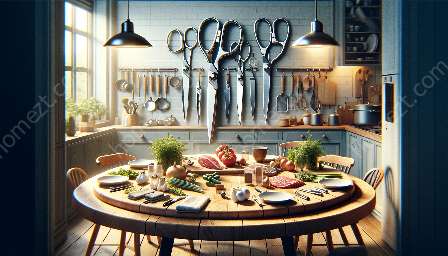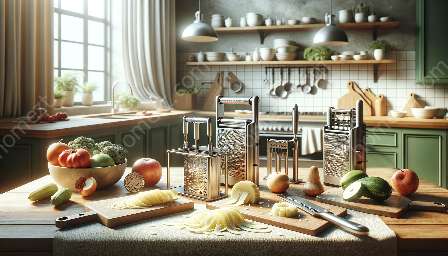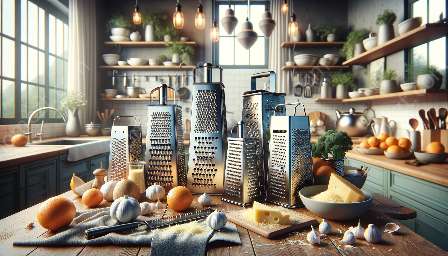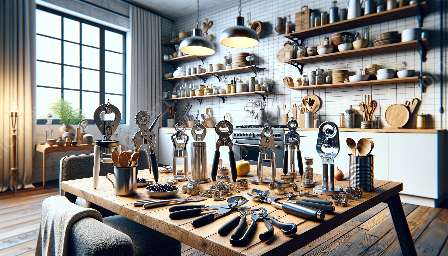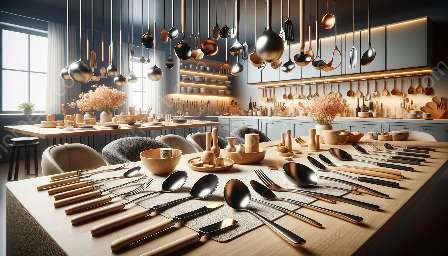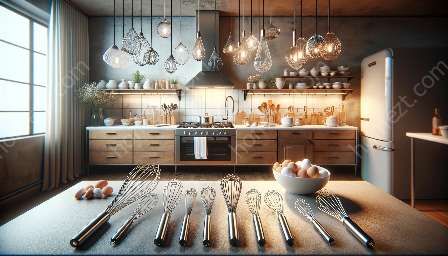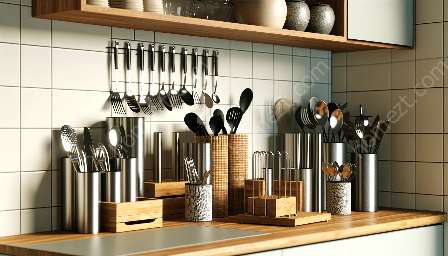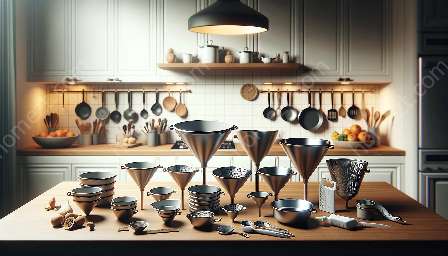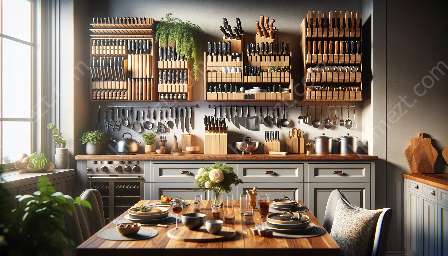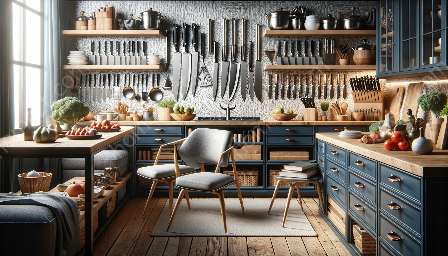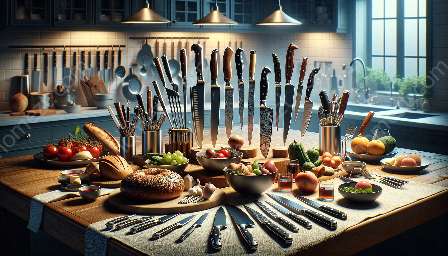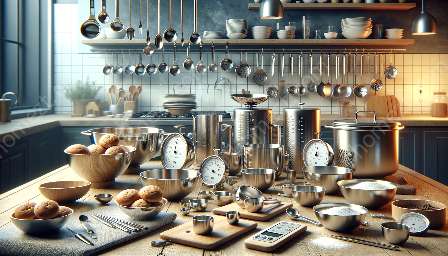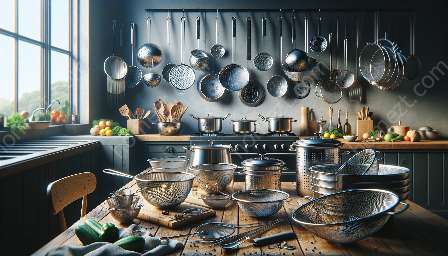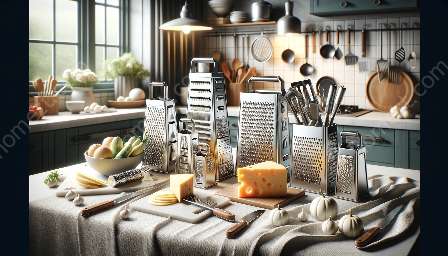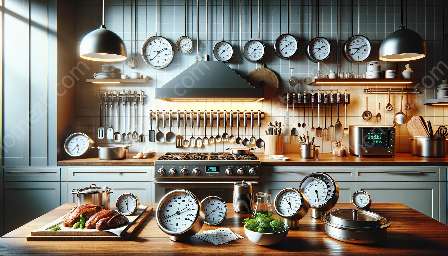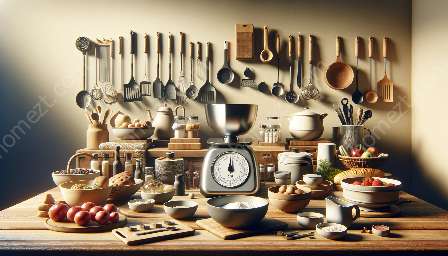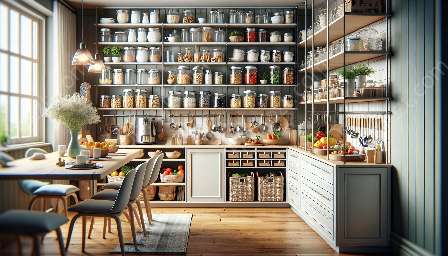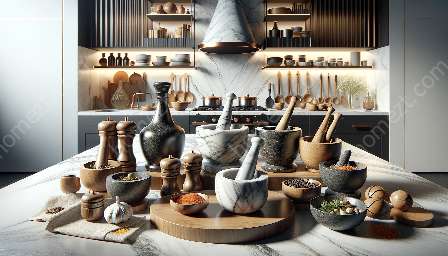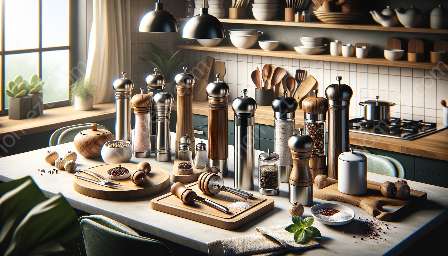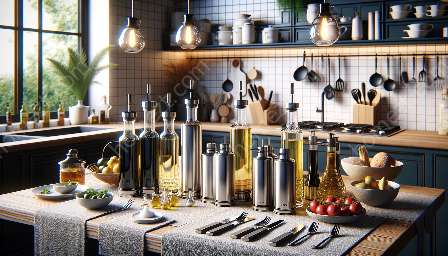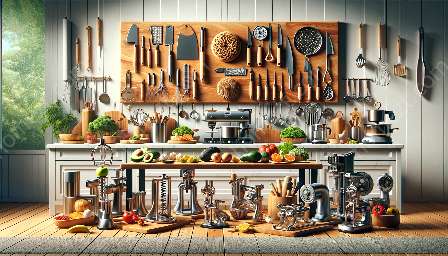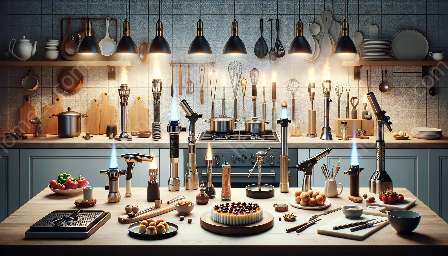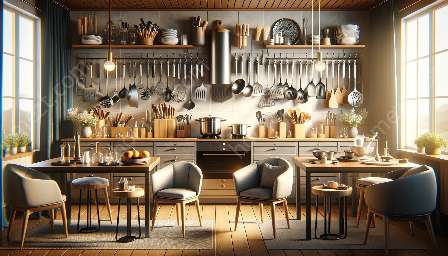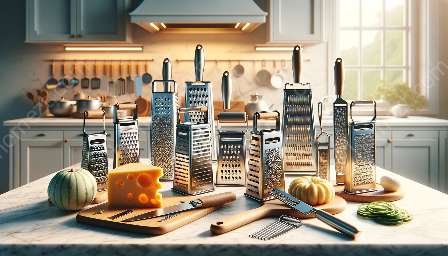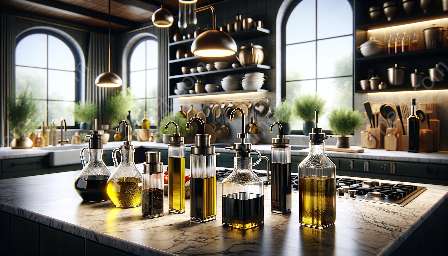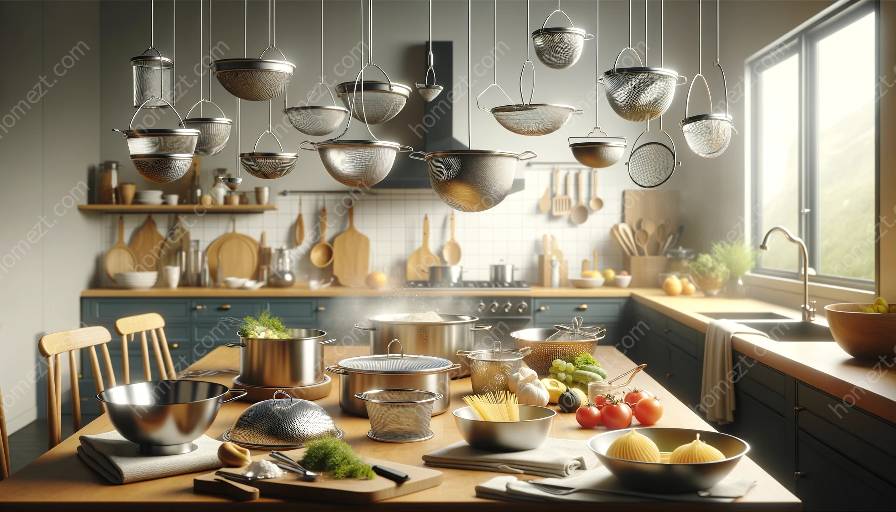Strainers and colanders are indispensable kitchen tools used for straining, draining, and rinsing various foods. They are essential utensils that contribute to efficient food preparation and cooking. In this comprehensive guide, we will discuss the importance of strainers and colanders, explore the different types and materials available, and provide useful tips for selecting the perfect utensil for your kitchen.
The Importance of Strainers and Colanders
Strainers and colanders play a crucial role in the kitchen, offering a range of benefits for food preparation and cooking:
- Efficient Straining: They allow for efficient straining of pasta, vegetables, fruits, and other foods, separating them from excess water or liquids.
- Thorough Rinsing: They enable thorough rinsing of ingredients such as beans, grains, and vegetables, ensuring they are free from impurities.
- Draining Safely: They provide a safe and controlled way to drain hot liquids, preventing spills and burns.
Types of Strainers and Colanders
Strainers and colanders come in various types, each designed for specific kitchen tasks. Some common types include:
- Mesh Strainers: These feature fine mesh screens and are ideal for straining liquids and catching small particles.
- Perforated Colanders: These have evenly spaced holes and are perfect for draining pasta and larger food items.
- Over-the-Sink Strainers: These expandable strainers fit over the sink, providing convenience and saving counter space.
Materials and Construction
Strainers and colanders are available in various materials, each offering different advantages:
- Stainless Steel: Durable and corrosion-resistant, ideal for heavy-duty use.
- Plastic: Lightweight and affordable, suitable for everyday straining and rinsing.
- Silicone: Flexible and heat-resistant, perfect for use with hot foods and easy storage.
Tips for Choosing the Perfect Strainer or Colander
When selecting a strainer or colander for your kitchen, consider the following factors:
- Size: Choose a size that suits your typical food preparation needs, ensuring it fits comfortably in your kitchen workspace.
- Functionality: Select the type and design that aligns with the foods you commonly prepare, providing efficiency and ease of use.
- Maintenance: Consider the cleaning and maintenance requirements of the material, opting for dishwasher-safe options if preferred.
- Storage: Evaluate the storage space available in your kitchen and choose a strainer or colander that can be conveniently stored when not in use.
By understanding the importance of strainers and colanders and exploring the various types, materials, and selection tips, you can make an informed decision when adding these indispensable utensils to your kitchen. Whether you are a seasoned chef or a novice cook, the right strainer or colander can make a significant difference in your culinary experience.

